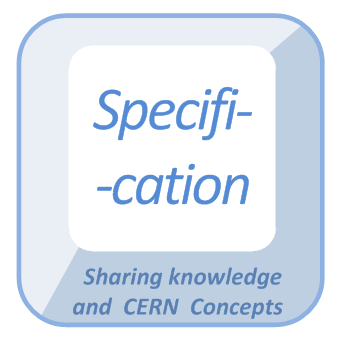
 Context Context
Several structure for a technical specification are possible. They are strongly dependant on the type of work required. (Design, production, tests...)
 Goal-oriented specification Goal-oriented specification
Technical specification can be improved a lot, when integrating the complete process which goes with delivering a unit based on requirements. Standard phases required to eventually accept the product will go though type testing and production/series tests. Writing the specification requirements with testing procedure / phases in mind:
- makes the specification more efficient and a lot clearer for every actors (owner or manufacturer).
- makes obvious the need of separated parts, never splitting the information in different locations / paragraphs.
- makes possible the direct re-use of written parts in a test (type test or series) plan.
Other said, a paragraph dedicated to a requirement will be copied and pasted to the table collecting all the tests to be done without any re-writing, or re-processing of the document information.
It is possible to parallelise tasks in the project, designing testers while the converter is itself being designed, even with different teams.

Goal-oriented specification advantages .vsd
 Possible Structure Possible Structure
A possible design + production + tests structure is shown below. The idea in mind was to:
- Describe the subject of the technical specification (Scope Of The Supply), (quick overview + Qty).
- Describe how to perform the contract (Performances Of The Contract)
- Describe what rules and criteria have to be followed (Design Criteria).
- Describe all the technical requirements (XXX Requirements), and the interfaces.
Ideally, the description is clear enough to be used for design and test purposes.
Also, information is located in one place, avoiding back and forth reading - collecting data inside the specification.
- Describe finally the Tests philosophy and the Documentation parts.



Gloval Overview - Level 1 Overview - Details on technical requirements
Technical Specification possible structure .xmind
 References References
Some examples of good specifications can be found here:
- 2013: Cobalt Power Sources (performance specification) .edms
|

 |
|
 |
|
 |
CERN
|
SY-EPC
|
EDMS
|
PROJECTS
|
ODF
/
OOXML
|
|
CERN
|
SY-EPC
|
EDMS
|
PROJECTS
|
ODF
/
OOXML
|





